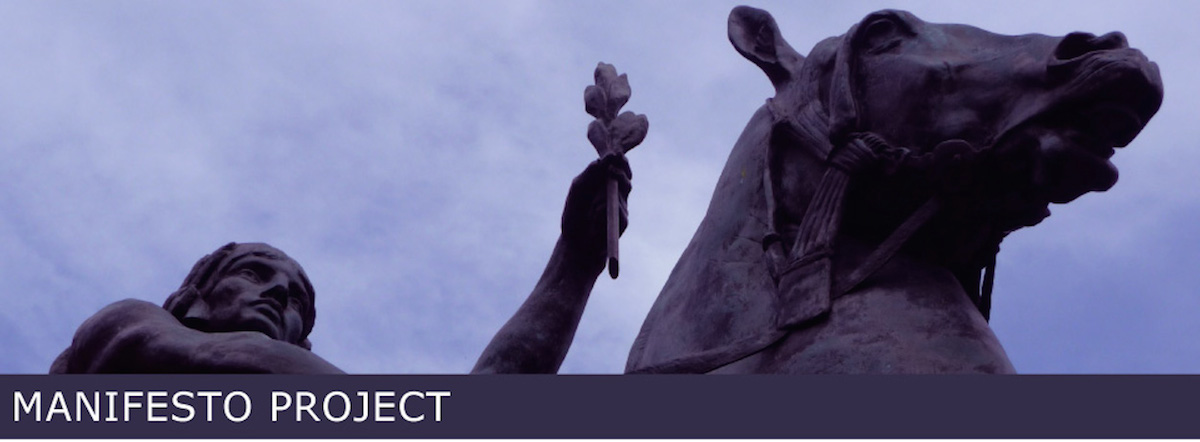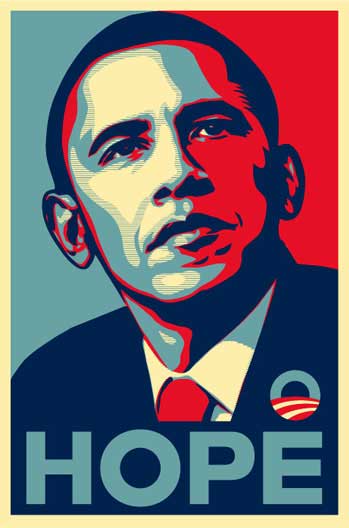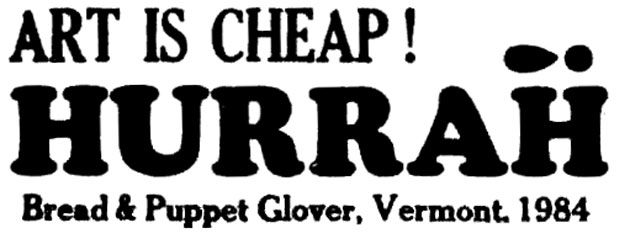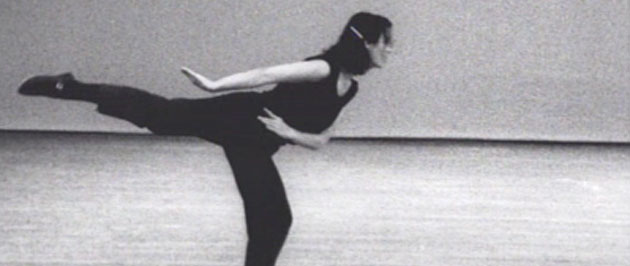Ban Comic Sans Manifesto
We believe in the sanctity of typography and that the traditions and established standards of this craft should be upheld throughout all time.
From Gutenberg’s letterpress to the digital age, type in all forms is sacred and indispensable.
Type is a voice; its very qualities and characteristics communicate to readers a meaning beyond mere syntax.
Early type designing and setting was so laborious that it is a blasphemy to the history of the craft that any fool can sit down at their personal computer and design their own typeface.
Technological advances have transformed typography into a tawdry triviality.
The patriarchs of this profession were highly educated men.
However, today the widespread heretical uses of this medium prove that even the uneducated have opportunities to desecrate this art form; therefore, destroying the historical integrity of typography.
Like the tone of a spoken voice, the characteristics of a typeface convey meaning.
The design of the typeface is, in itself, its voice.
Often this voice speaks louder than the text itself.
Thus when designing a “Do Not Enter” sign the use of a heavy-stroked, attention-commanding font such as Impact or Arial Black is appropriate.
Typesetting such a message in Comic Sans would be ludicrous.
Though this is sort of misuse is frequent, it is unjustified.
Clearly, Comic Sans as a voice conveys silliness, childish naivete, irreverence, and is far too casual for such a purpose.
It is analogous to showing up for a black tie event in a clown costume.
We are summoning forth the proletariat around the globe to aid us in this revolution.
We call on the common man to rise up in revolt against this evil of typographical ignorance.
We believe in the gospel message “ban comic sans.”
It shall be salvation to all who are literate.
By banding together to eradicate this font from the face of the earth we strive to ensure that future generations will be liberated from this epidemic and never suffer this scourge that is the plague of our time.









